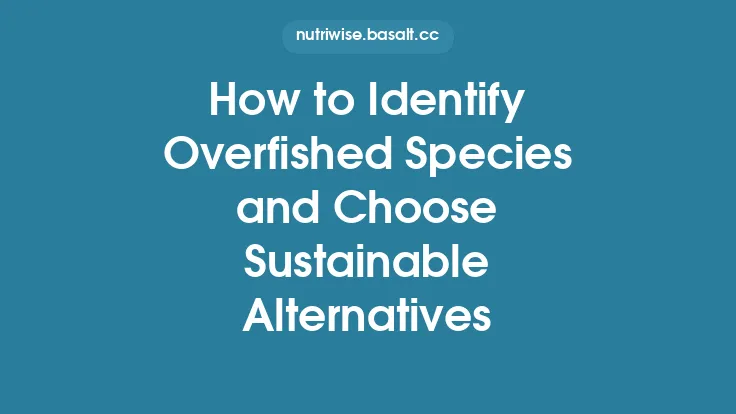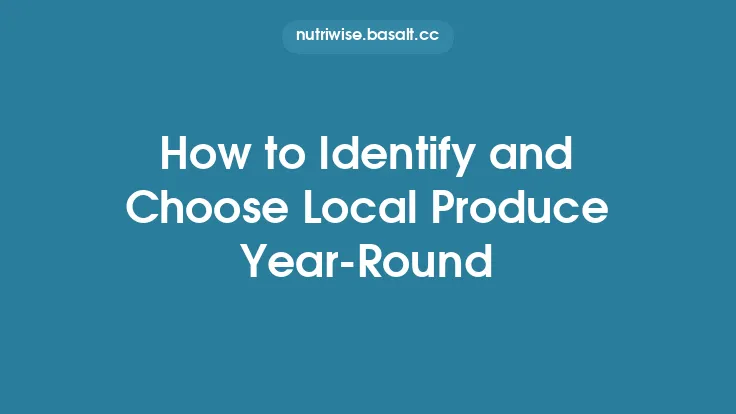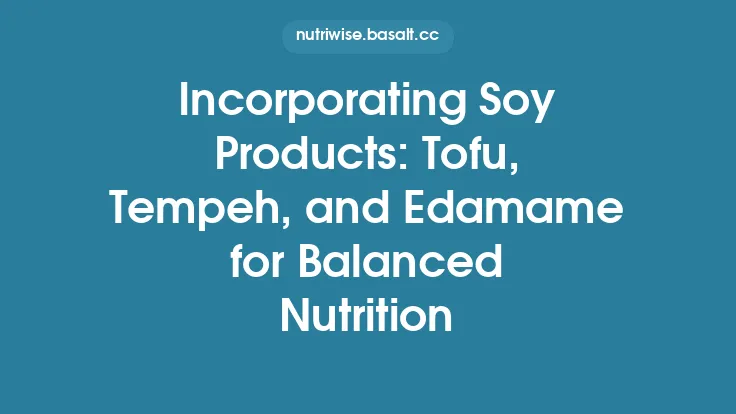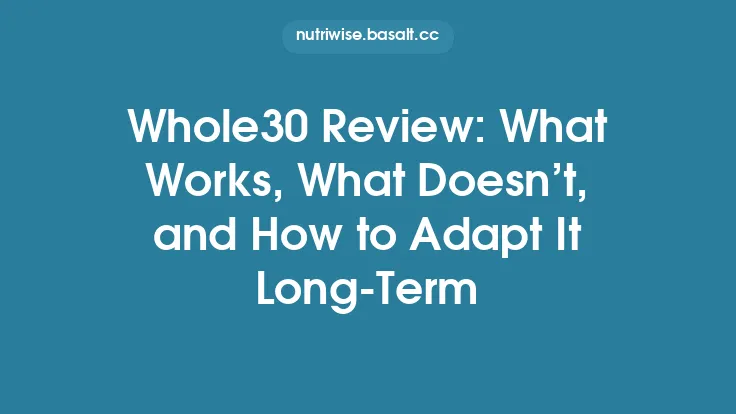The modern consumer is increasingly aware that the food on their plate carries a story—one that begins on a farm, travels through a complex supply chain, and ends up in a grocery aisle or on a restaurant menu. When it comes to meat and dairy, that story can be especially opaque, making it difficult to know whether the animals were raised in conditions that align with personal ethical standards. Transparent sourcing is the practice of making every step of that journey visible and verifiable, allowing shoppers to confidently choose products that reflect humane, environmentally responsible, and socially just farming methods. By understanding the mechanisms that enable transparency, recognizing reliable signals of ethical raising, and employing practical tools for verification, consumers can move beyond vague marketing claims and make truly informed decisions.
Understanding Transparent Sourcing
Transparent sourcing is more than a buzzword; it is a systematic approach that integrates traceability, documentation, and open communication throughout the entire production chain. The core components include:
- Traceability – The ability to track a product from the point of origin (the individual farm or herd) to the final point of sale. This often involves batch numbers, lot codes, or digital identifiers that link back to detailed farm records.
- Documentation – Comprehensive records that cover animal husbandry practices, feed composition, health interventions, and environmental management. These documents should be accessible to auditors, retailers, and ultimately, the consumer.
- Open Communication – Proactive sharing of information by producers, such as farm tours, video walkthroughs, and Q&A sessions, which build trust and allow stakeholders to verify claims directly.
When these elements are consistently applied, they create a “chain of custody” that can be audited, questioned, and validated at any point, reducing the risk of misinformation and greenwashing.
Key Indicators of Ethically Raised Animals
While each farm may have its own specific practices, several universal indicators can help differentiate ethically raised meat and dairy from conventional counterparts:
| Indicator | What to Look For | Why It Matters |
|---|---|---|
| Animal Origin Transparency | Clear farm name, location, and contact information on packaging or the retailer’s website. | Enables verification of the farm’s reputation and local regulations. |
| Feed Source Disclosure | Details about feed ingredients, whether they are non-GMO, locally sourced, or include by‑products. | Reflects on the nutritional quality and environmental impact of the feed. |
| Living Conditions Description | Information on housing (e.g., indoor vs. outdoor access), space per animal, and bedding material. | Directly influences animal comfort, stress levels, and natural behavior. |
| Health Management Practices | Statements about preventive health measures, vaccination schedules, and any therapeutic interventions. | Shows a proactive approach to animal welfare rather than reactive treatment. |
| Environmental Stewardship Data | Metrics on water usage, waste management, and land stewardship practices. | Indicates a holistic view of sustainability that includes animal welfare. |
| Third‑Party Verification (Non‑Certification) | Independent audits, farm‑level reports, or blockchain entries that are not tied to a specific label. | Provides an extra layer of credibility beyond self‑reporting. |
These indicators can be found on product packaging, retailer websites, or through direct communication with the producer. The presence of multiple, corroborating data points strengthens confidence in the ethical integrity of the product.
Supply Chain Traceability Tools
Advances in technology have equipped both producers and consumers with powerful tools to map the journey of meat and dairy products. Below are the most widely adopted solutions:
1. Barcode and QR Code Systems
- How It Works: Each product batch receives a unique barcode or QR code that, when scanned, pulls up a digital record of the product’s origin, processing steps, and distribution timeline.
- Consumer Benefit: A quick scan on a smartphone can reveal farm details, feed information, and any third‑party audits.
2. RFID (Radio‑Frequency Identification) Tags
- How It Works: RFID chips attached to individual animals or crates transmit data to readers at various checkpoints (e.g., loading docks, processing plants).
- Consumer Benefit: Enables precise tracking of individual animal histories, especially useful for premium or specialty products.
3. Blockchain Ledger Platforms
- How It Works: Transactions and data entries are recorded in an immutable, decentralized ledger. Each block contains timestamps, farm identifiers, and verification signatures.
- Consumer Benefit: Guarantees that the information cannot be altered retroactively, providing a high level of trust.
4. Cloud‑Based Farm Management Software
- How It Works: Farmers log daily activities—feeding, health checks, environmental metrics—into a centralized system that can be shared with downstream partners.
- Consumer Benefit: Offers real‑time access to up‑to‑date farm records, often visualized through dashboards.
5. DNA Traceability
- How It Works: Genetic markers from animal tissue or milk are cataloged and matched to a database that links back to the source herd.
- Consumer Benefit: Confirms species authenticity and can detect adulteration or mislabeling.
Each of these tools serves a different purpose, but when integrated, they create a robust, multi‑layered traceability network that dramatically reduces opacity.
Evaluating Farm Transparency Claims
Not all transparency claims are created equal. To separate genuine openness from marketing spin, consider the following evaluation framework:
- Depth of Information – Does the farm provide granular data (e.g., exact feed composition, specific animal density) or only high‑level statements?
- Accessibility – Is the information publicly available without a paywall or restrictive membership? Are there multiple channels (website, QR code, printed material) for access?
- Verification Mechanisms – Are there independent audits, third‑party data logs, or blockchain entries that corroborate the self‑reported data?
- Consistency Across Products – Do all product lines from the same producer adhere to the same transparency standards, or are only select items highlighted?
- Historical Track Record – Has the farm been involved in any past controversies or recalls? A clean history adds credibility.
Applying this rubric helps consumers prioritize sources that demonstrate a genuine commitment to openness.
Leveraging Technology for Independent Verification
Even with transparent sourcing tools in place, consumers may wish to conduct an extra layer of verification. Here are practical ways to do so:
- Mobile Apps for QR Scanning – Apps such as OpenTrace or FoodChain allow users to scan QR codes and instantly retrieve farm data, audit reports, and environmental metrics.
- Public Blockchain Explorers – Platforms like Etherscan (for Ethereum‑based supply chains) let users view transaction histories tied to a product’s digital token, confirming its provenance.
- Open Data Repositories – Some regions maintain public databases of farm registrations, animal health records, and land use permits. Cross‑referencing product claims with these repositories can uncover discrepancies.
- Crowdsourced Review Platforms – Websites where consumers share experiences with specific farms or brands can provide anecdotal evidence of transparency and ethical practices.
By combining these tools with the information provided by producers, shoppers can achieve a high degree of confidence in their purchasing decisions.
Questions to Ask Retailers and Producers
When engaging directly with a retailer or producer—whether in‑store, at a farmers’ market, or via email—consider asking the following targeted questions:
- “Can you provide the farm’s exact location and a link to its traceability record?”
- “What specific data points are captured in your supply chain documentation, and how often are they updated?”
- “Do you use any third‑party verification, such as independent audits or blockchain entries, and can I view those reports?”
- “How do you handle any health interventions, and are those recorded in the product’s traceability file?”
- “Is there a way for me to contact the farm directly for a virtual tour or additional information?”
- “What steps do you take to ensure that the information shared with consumers is not selectively curated?”
Retailers that can answer these questions transparently are more likely to be genuinely committed to ethical sourcing.
Interpreting Product Labels Beyond Certifications
While certifications (e.g., “Organic,” “Animal Welfare Approved”) are useful, they often focus on specific criteria and may not capture the full picture of ethical raising. To read beyond the label:
- Look for “Traceability” Statements – Phrases like “Fully traceable to farm” or “QR code links to farm data” indicate an added layer of openness.
- Identify “Farm‑Specific” Branding – Brands that highlight a single farm or cooperative (e.g., “Smith Family Farm”) often provide more detailed information than generic commodity labels.
- Notice “Ingredient Transparency” – Labels that list feed ingredients, water source, or supplemental nutrients demonstrate a willingness to disclose operational details.
- Check for “Sustainability Metrics” – Some products include carbon footprint estimates, water usage per kilogram, or land stewardship scores, which can be proxies for broader ethical considerations.
By reading these supplemental cues, consumers can gauge the depth of a producer’s commitment to transparency.
Case Studies of Successful Transparent Sourcing
1. Grassland Meats – RFID‑Enabled Beef
Grassland Meats equips each cattle ear tag with an RFID chip that records daily feed logs, health checks, and pasture rotation schedules. At the point of sale, a QR code on the packaging links directly to a cloud dashboard where shoppers can view the animal’s complete life history, including the exact pasture plots used. Independent auditors periodically verify the RFID data, and the information is stored on a private blockchain for immutability.
2. PureDairy Collective – Blockchain Milk Traceability
PureDairy partners with a consortium of small dairy farms that upload daily milking records, cow health metrics, and feed composition to a blockchain platform. Consumers scanning the QR code on a milk carton can see a visual timeline of each cow’s lactation cycle, any veterinary interventions, and the farm’s water recycling practices. The collective also publishes quarterly sustainability reports that are cross‑checked by a third‑party data analytics firm.
3. Heritage Poultry – Open‑Source Farm Data Portal
Heritage Poultry maintains an open‑source portal where all farm data—ranging from flock density to waste management—are uploaded in real time. The portal is linked to the product’s barcode, allowing shoppers to view live dashboards. The farm also hosts monthly virtual tours, giving consumers a direct line of sight into daily operations.
These examples illustrate how integrating technology, open data, and proactive communication can create a transparent sourcing model that benefits both producers and consumers.
Practical Steps for Consumers
- Start with Trusted Retailers – Choose grocery stores or online platforms that prioritize traceability and provide QR codes or detailed farm information.
- Use Scanning Apps Regularly – Make a habit of scanning product codes to access farm data before purchasing.
- Maintain a Personal Transparency Log – Keep a simple spreadsheet or note‑taking app where you record the farms you’ve verified, the data points you’ve reviewed, and any follow‑up questions.
- Engage on Social Media – Follow farms and brands that share behind‑the‑scenes content; ask questions in comment sections to gauge responsiveness.
- Support Platforms that Incentivize Transparency – Some marketplaces offer discounts or loyalty points for purchasing products with verified traceability; leveraging these incentives can reinforce ethical buying habits.
- Advocate for Better Labeling – Provide feedback to retailers and manufacturers requesting more detailed traceability information; collective consumer demand can drive industry change.
By integrating these habits into everyday shopping routines, consumers can transform transparency from a novelty into a standard expectation.
Future Trends in Ethical Sourcing
Looking ahead, several emerging developments are poised to deepen transparency and make ethical sourcing even more accessible:
- Standardized Digital Traceability Protocols – Industry groups are working toward universal data formats (e.g., GS1 Digital Link) that allow seamless sharing of farm data across platforms.
- AI‑Driven Anomaly Detection – Machine learning models can flag inconsistencies in supply chain data, such as sudden changes in feed composition, prompting further investigation.
- Consumer‑Owned Data Wallets – Blockchain‑based wallets may let shoppers store verified product histories, creating a personal “ethical provenance” portfolio.
- Satellite‑Based Pasture Monitoring – Remote sensing can verify claims about outdoor access and land stewardship, providing an independent data source.
- Regulatory Incentives for Transparency – Some jurisdictions are considering legislation that requires traceability for all meat and dairy sold above a certain price point, effectively mandating transparency.
These trends suggest that transparent sourcing will evolve from a niche practice to a mainstream expectation, further empowering consumers to align their purchases with their ethical values.
By mastering the tools, questions, and evaluation methods outlined above, shoppers can cut through marketing hype and confidently select meat and dairy products that truly reflect ethical raising practices. Transparent sourcing is not a luxury—it is an essential component of a sustainable, humane food system, and every informed purchase helps reinforce the demand for openness across the entire supply chain.





